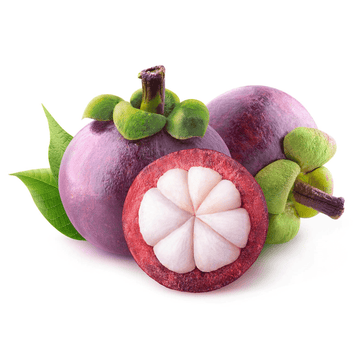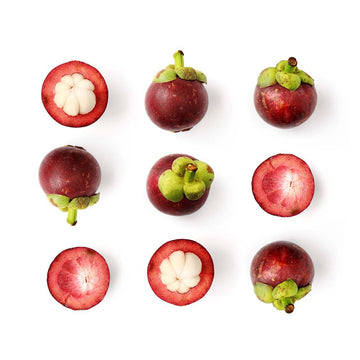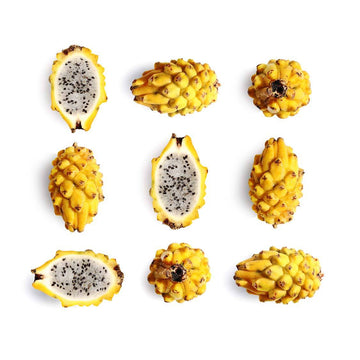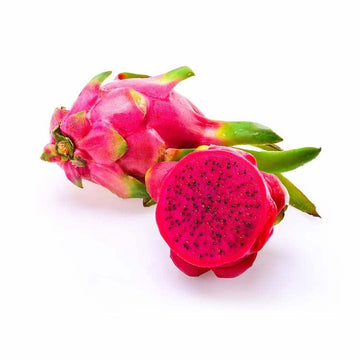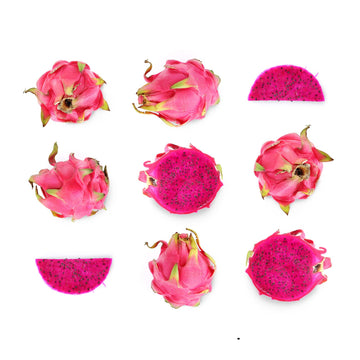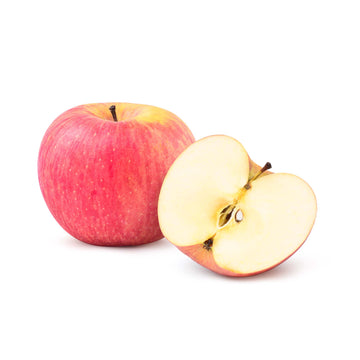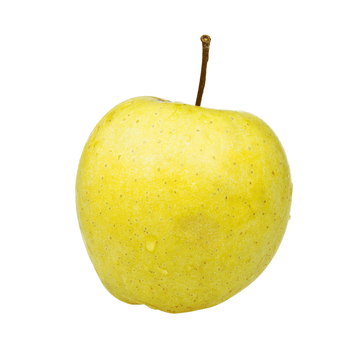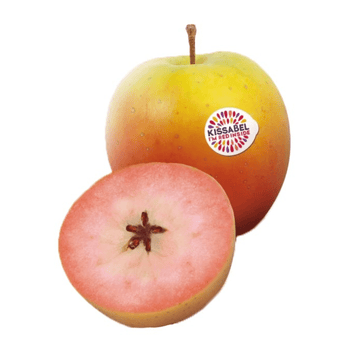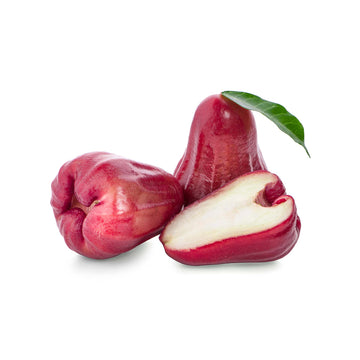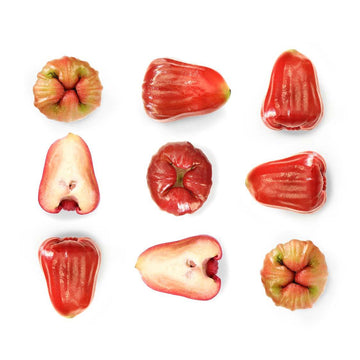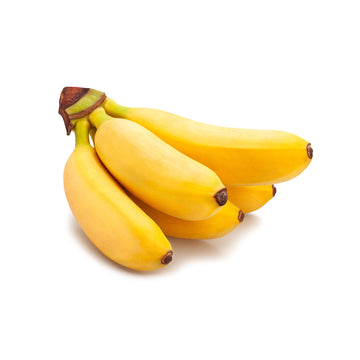4 Unique Passionfruit Varieties
Passionfruit, with its tart and tangy sweetness, has captured the hearts of people worldwide. But did you know that beyond the classic purple passionfruit there is a world of unique varieties, each with its own distinct flavour?
In this blog post, we'll be looking at four exceptional passionfruit varieties that grow from the tropical jungles of South America to the sunny slopes of Africa. We'll discover the origins, flavours, and cultural significance of Curuba/Banana Passionfruit, Yellow Maracuya, Granadilla, and Purple Passionfruit.
1. Curuba (Banana Passionfruit), from the Andes
Appearance: Curuba resembles a small, elongated banana - hence its name Banana Passionfruit - with a thick, yellow-orange rind. Inside, it's filled with small and tightly packed seeds, encased in an orange pulp.
Origins and History: Native to the Andean region of South America, curuba has been cultivated for centuries by indigenous communities for its delicious fruit and medicinal properties.
Where They're Grown: Curuba thrives in the tropical climates of Colombia, Ecuador, and Peru, where it enjoys the rich soil and abundant sunshine of the Andes Mountains.
Culture: Curuba holds cultural significance in Andean folklore, where it is believed to symbolise fertility and abundance. It is also valued for its medicinal properties, with indigenous communities using it to treat various ailments.
Flavour & Texture: Curuba boasts a tart, citrusy, floral flavour, with subtle tropical notes and bitter seeds. Its pulp is juicy and filled with crunchy seeds.
2. Yellow Maracuya Passionfruit, from the Amazon Rainforest
Appearance: Yellow maracuya is larger than the purple passionfruit, but still has the same classic round shape. It has a slightly wrinkled, golden-yellow skin and hollow interior filled with gelatinous seeds and lots of orange-coloured juice.
Origins and History: Yellow maracuya, also known as passionfruit or parcha, is native to the Amazon rainforest and has been cultivated by indigenous tribes for centuries.
Where They're Grown: This exotic fruit thrives in the warm, humid climates of South America, particularly in countries like Brazil, Ecuador, and Colombia.
Culture: Yellow maracuya is a popular fruit in South America, where it is enjoyed fresh. In Brazilian culture, yellow maracuya is associated with vitality and energy, and its seeds are often used in traditional medicine to promote health and well-being.
Flavour & Texture: Yellow maracuya has a tangy-sweet flavour with hints of citrus and tropical fruit. Its gelatinous seeds add a crunchy texture, while its juicy pulp bursts with refreshing flavour.
3. Sweet Granadilla Passionfruit, from Africa
Appearance: Granadilla, also known as sweet granadilla, is distinguished by its smooth, orange-yellow rind that is an egg-like shape with a stalk extending from the top. The rind cracks open to reveal a translucent, jelly-like interior filled with black seeds.
Origins and History: Native to the highlands of South America, granadilla was introduced to Africa by Spanish colonisers in the 16th century and has since become a beloved fruit in many African countries.
Where They're Grown: Granadilla thrives in the subtropical climates of Africa, particularly in countries like Kenya, South Africa, and Zimbabwe.
Culture: Granadilla holds cultural significance in African folklore, where it is believed to symbolise love and fertility.
Flavour & Texture: Granadilla has a delicate, sweet-tart flavour with floral undertones, reminiscent of a blend of passionfruit and pear. Its jelly-like pulp and crunchy seeds create a unique texture that's both refreshing and satisfying.
4. Purple Passionfruit, from the Americas
Appearance: Purple passionfruit, the most familiar variety, features a wrinkled, purple-black rind and juicy, seed-filled interior.
Origins and History: Native to South America, purple passionfruit has been cultivated for centuries by indigenous tribes and was later introduced to other tropical regions around the world.
Where They're Grown: Purple passionfruit thrives in warm, humid climates and is cultivated in countries across the Americas, including Brazil, Mexico, and Ecuador.
Culture: Purple passionfruit holds cultural significance in South American folklore, where it is associated with love, passion, and fertility. Its seeds are often used in traditional medicine to promote health and vitality.
Flavour & Texture: Purple passionfruit has a bold, tangy-sweet flavour with floral undertones, reminiscent of a blend of citrus and tropical fruits. Its juicy pulp and crunchy seeds create a tantalising texture that's both satisfying and refreshing.
Where to Buy Exotic Passionfruits
Shop Our Passionfruit Box to taste all 4 passionfruit varieties.

